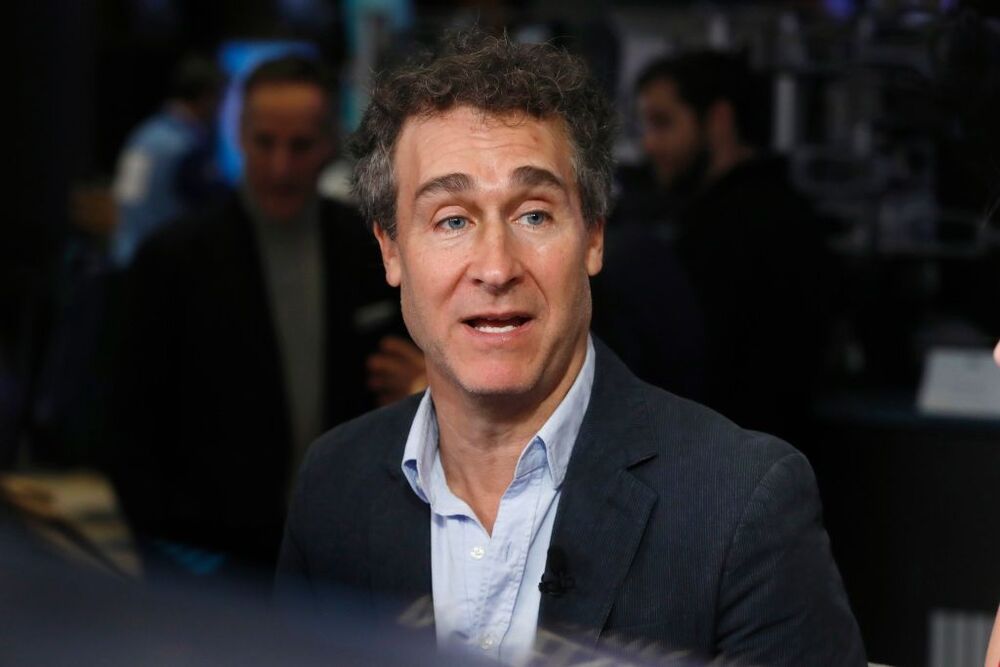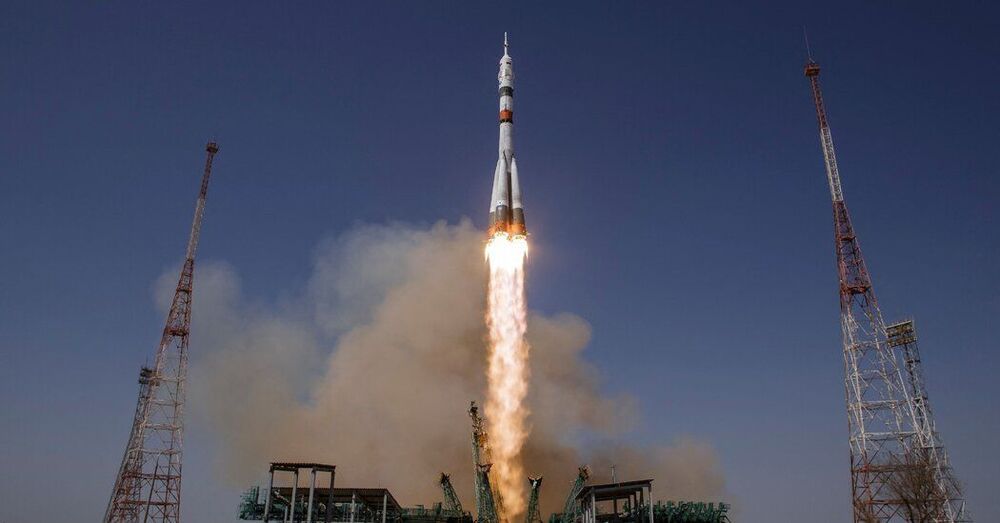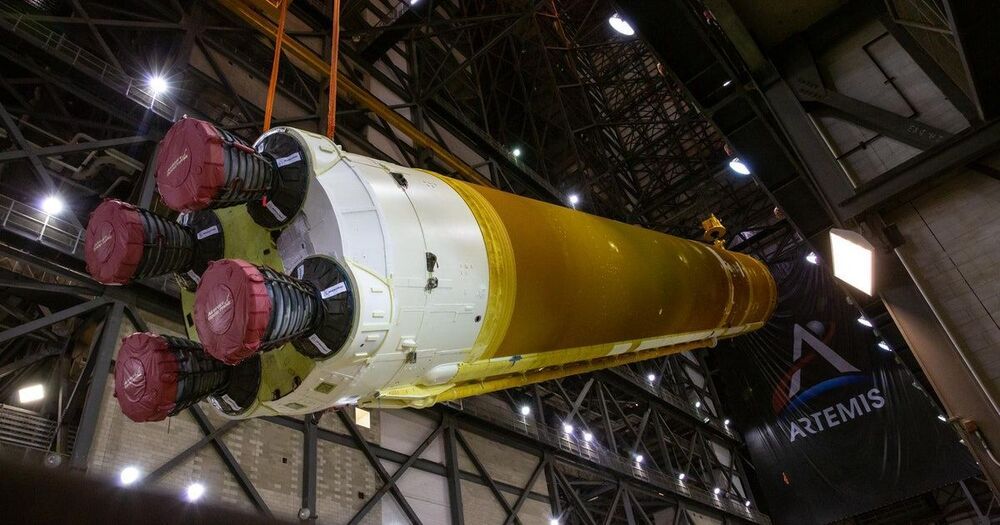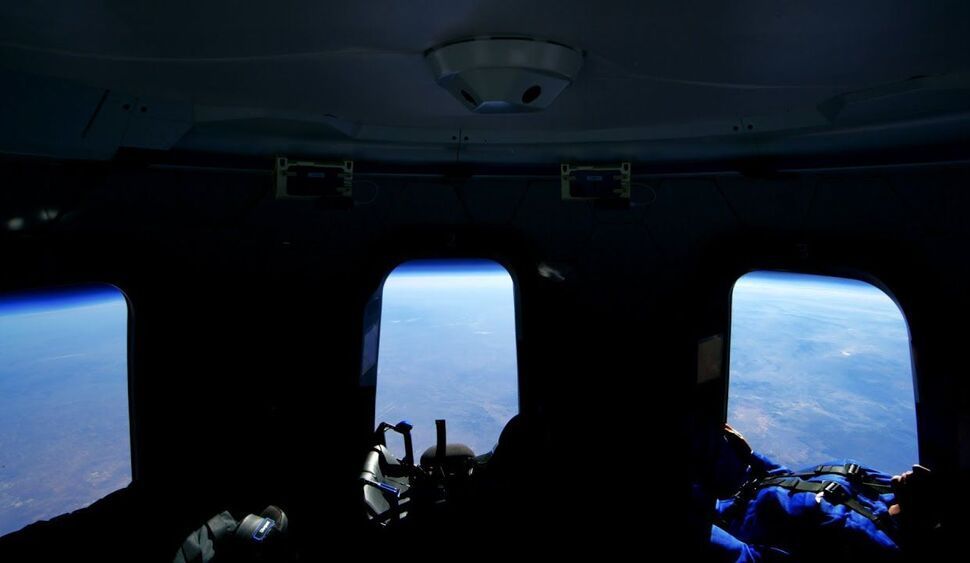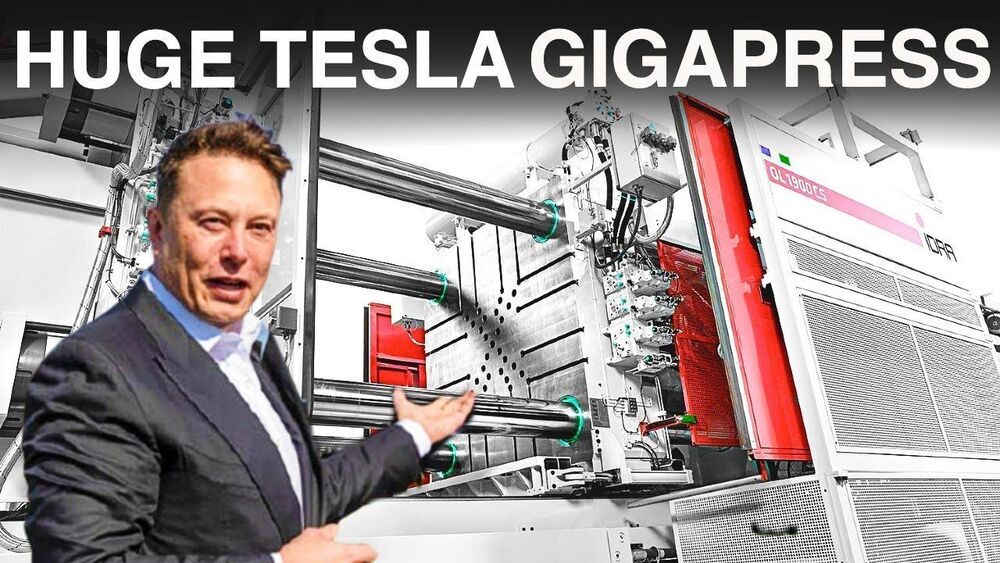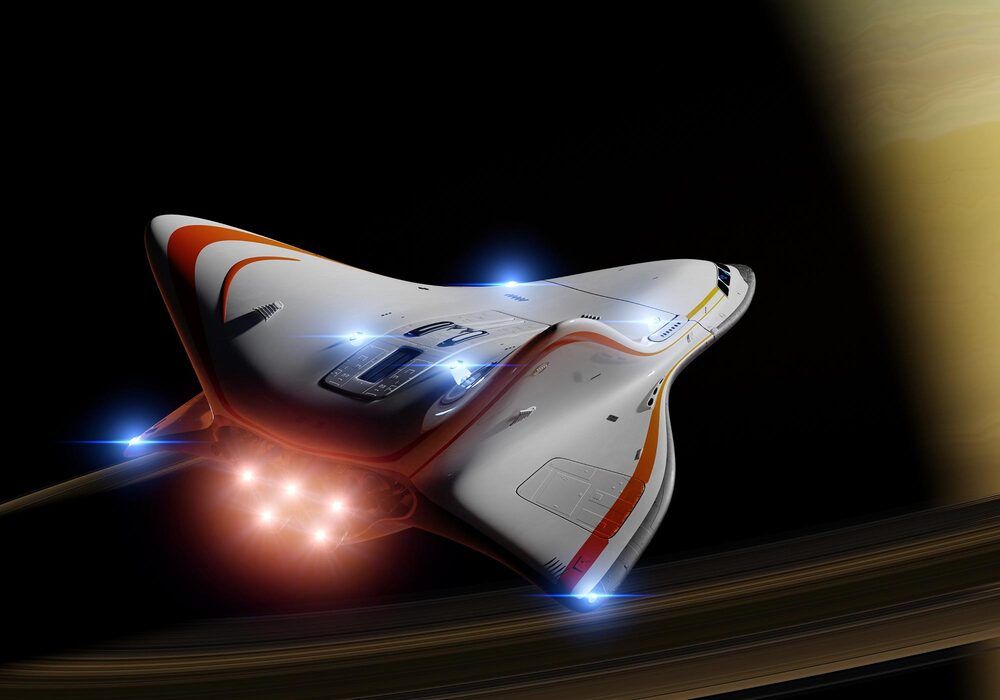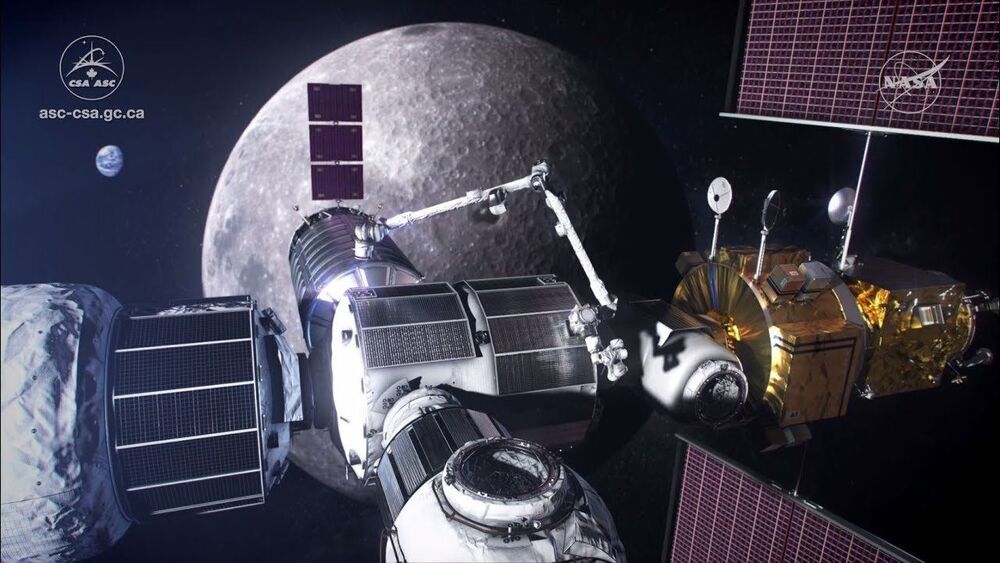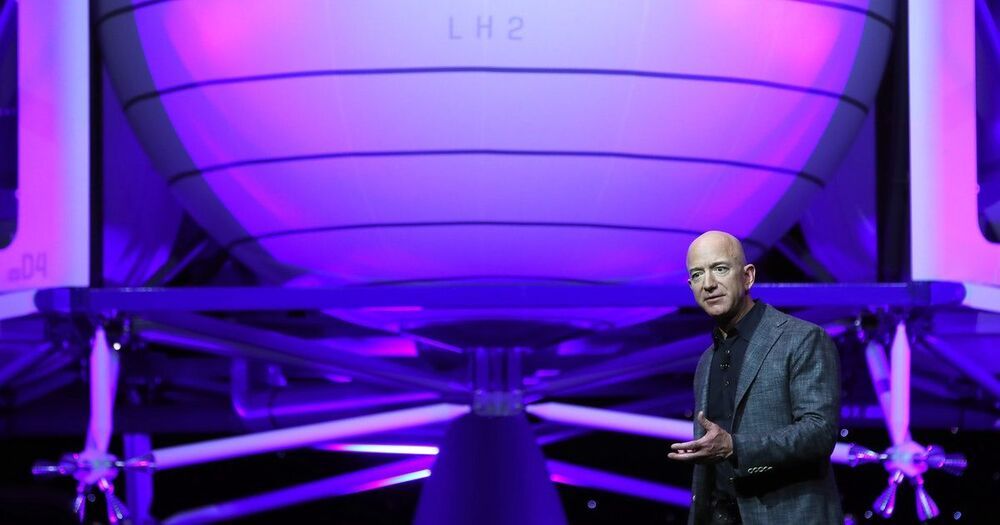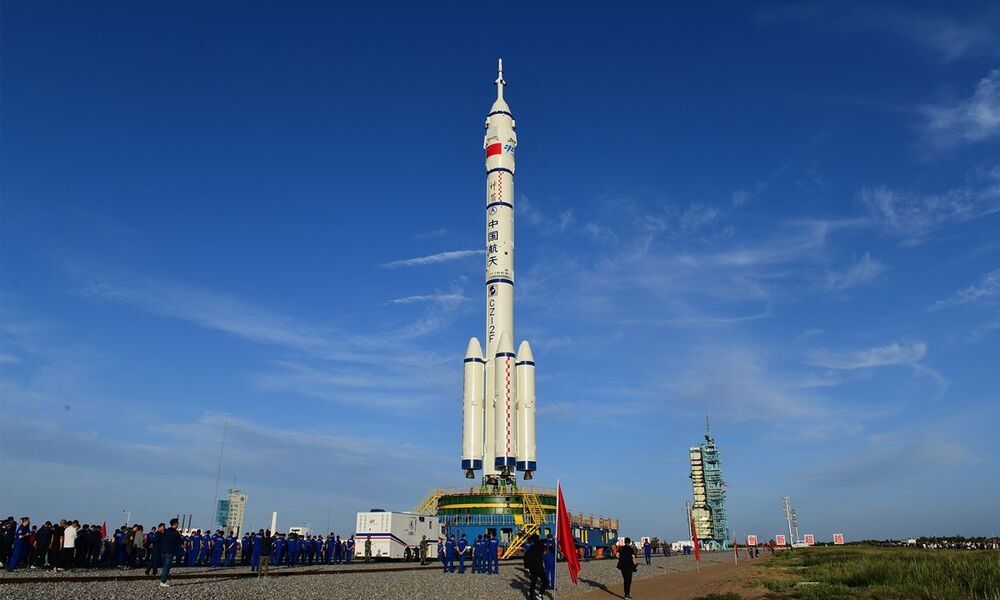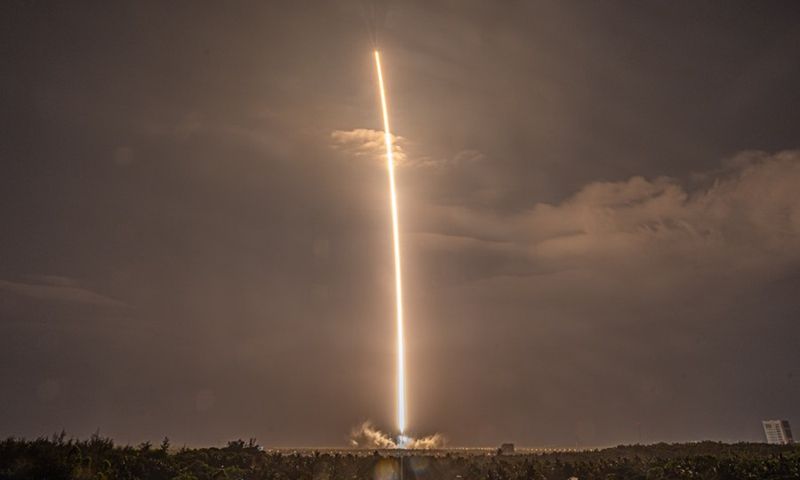Doug Liman Opines On Jeff Bezos’ Blue Origin Rocket: “It’s Not Going Very High. I Really Think The Moon Or Beyond Is Space” — Tribeca Festival
Director Doug Liman likes that there’s so much buzz about space these days and takes a teensy part of the credit after news (broken by Deadline) last year that he plans to shoot a film up there with Tom Cruise in collaboration with Elon Musk’s SpaceX and NASA.
“It’s good. If we can inspire kids to study science. I grew up dreaming about going into space,” said Liman, who also directed Cruise on American Made and Edge of Tomorrow and has helmed hits from Mr. & Mrs. Smith and The Bourne Identity to Go and Swingers. He spoke Tuesday on a sunny roof deck at Spring Studios in downtown Manhattan during a Directors Talk Q&A at the Tribeca Festival.
